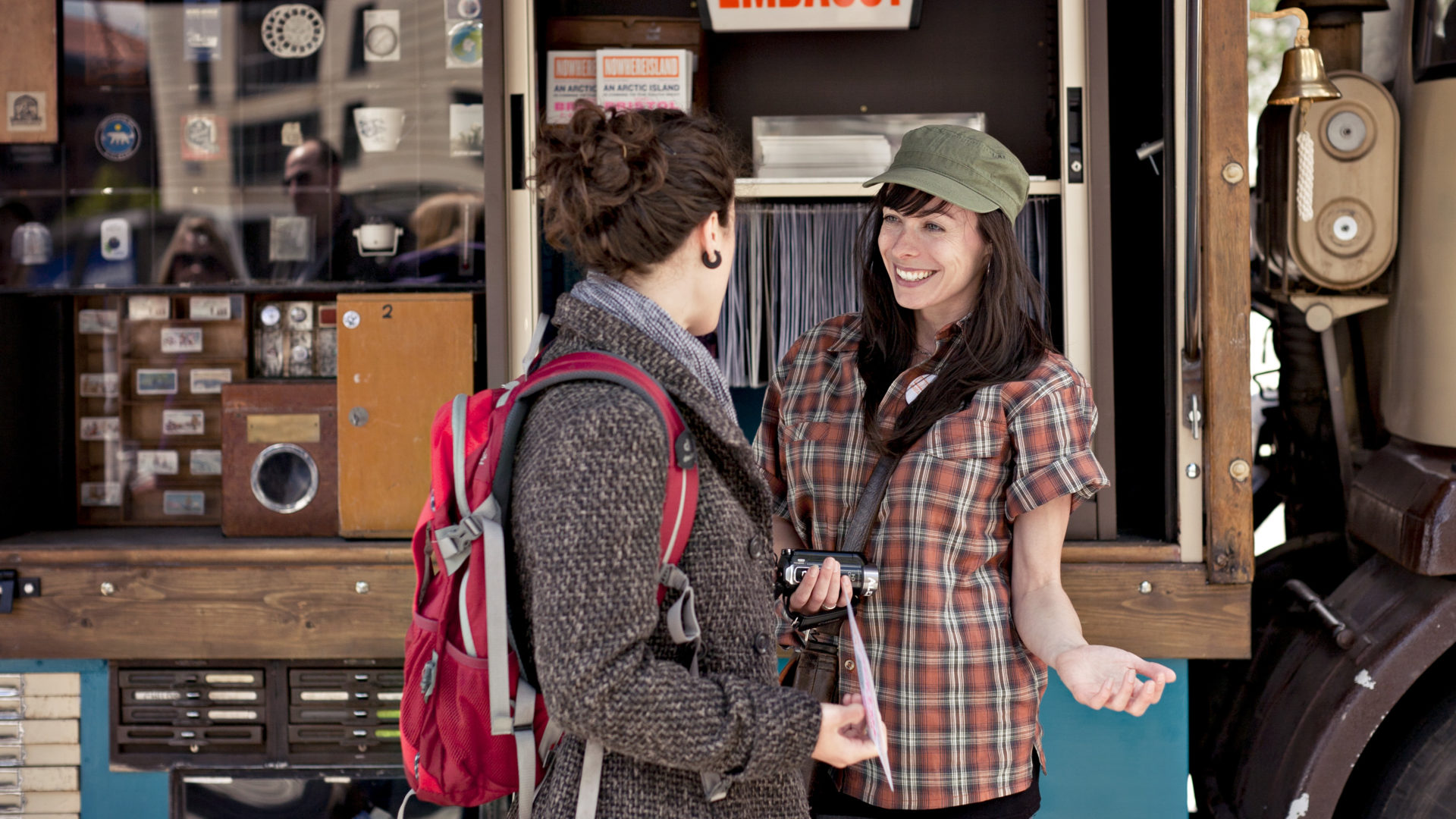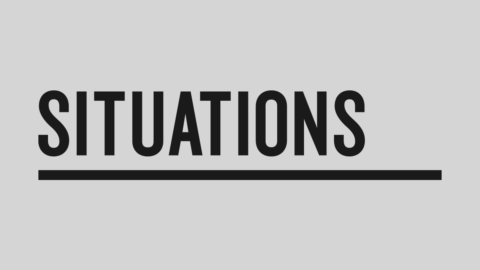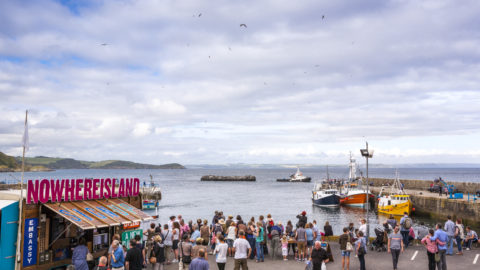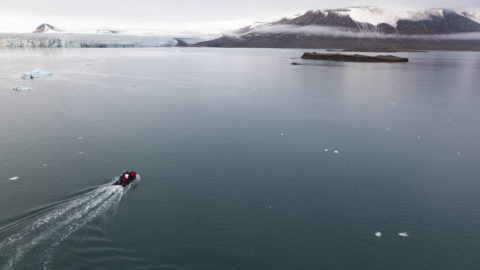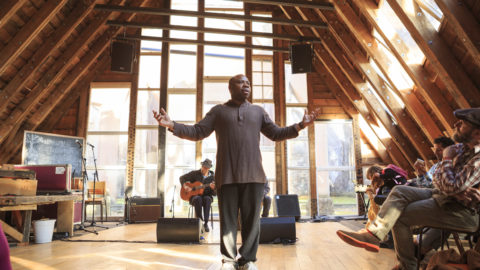Public Art and Local Civic Engagement Development Grants
AHRC Cultural Value Project Awards
Lynn Froggett, Julian Manley, Alastair Roy, Michael Prior, Claire Doherty
This report compares the cultural value of two public artworks – Alex Hartley’s durational, dispersed Nowhereisland and Damien Hirst’s permanent, single-sited Verity that arrived in Ilfracombe in 2012. It assesses their contribution to reflective and engaged citizenship, local identity, regeneration, cultural tourism and legacy. The study responded to a methodological gap by developing a group-based participatory method – the visual matrix – that enables participants to express affective, aesthetic and cognitive experience of public art. The study compares methods and findings and triangulates with interviews and media analysis. Part 1 discusses the research methods and compares results. Part 2 discusses theoretical and conceptual foundations and analysis of the visual matrix, drawing on Alfred Lorenzer’s depth hermeneutics, the Deleuzian metaphor of rhizomatic thinking, Wilfred Bion’s conceptualization of reverie and containment and Donald Winnicott’s theorisation of transitional phenomena.
In Part 3 benefits and limitations of the methodologies and their applications are discussed. It concludes that the visual matrix is a highly effective method of understanding participants’ experiences of public art because it is led by imagery and affect. The shared context and associative thinking of the visual matrix enables participants to articulate responses that people often find difficult to express. It produces strikingly different results to methods that rely on discourse, and is able to account for emotional and aesthetic reception of an artwork as well as the social processes it sets in motion and otherwise intangible aspects of impact and legacy. It is particularly useful for researching or evaluating complex, durational projects with multiple entry points. This study therefore has significant implications for how such artworks can be evaluated to capture dimensions that are not easily assessed by other methods and so inform the commissioning of public art.


